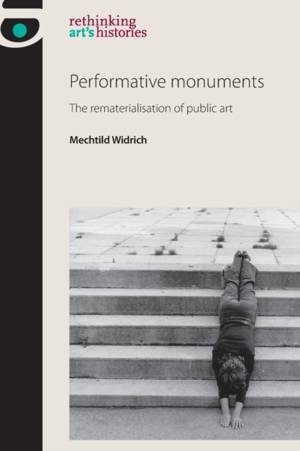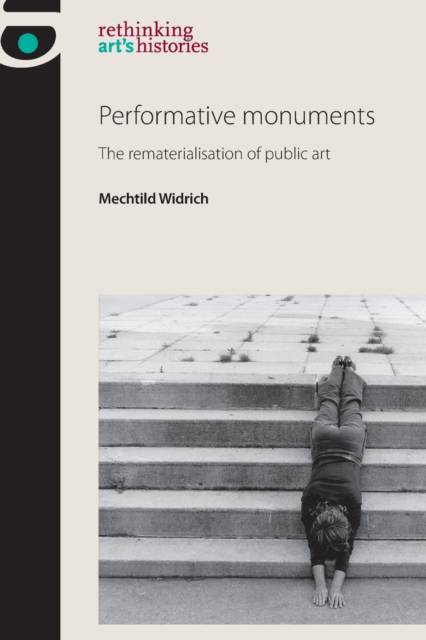
Nos liseuses Vivlio rencontrent actuellement des problèmes de synchronisation. Nous faisons tout notre possible pour résoudre ce problème le plus rapidement possible. Toutes nos excuses pour la gêne occasionnée !
- Retrait gratuit dans votre magasin Club
- 7.000.000 titres dans notre catalogue
- Payer en toute sécurité
- Toujours un magasin près de chez vous
Nos liseuses Vivlio rencontrent actuellement des problèmes de synchronisation. Nous faisons tout notre possible pour résoudre ce problème le plus rapidement possible. Toutes nos excuses pour la gêne occasionnée !
- Retrait gratuit dans votre magasin Club
- 7.000.0000 titres dans notre catalogue
- Payer en toute sécurité
- Toujours un magasin près de chez vous
34,45 €
+ 68 points
Format
Description
This book answers one of the most puzzling questions in contemporary art: how did performance artists of the '60s and '70s, famous for their opposition both to lasting art and the political establishment, become the foremost monument builders of the '80s, '90s and today? Not by selling out, nor by making self-undermining monuments. This book argues that the centrality of performance to monuments and indeed public art in general rests not on its ephemerality or anti-authoritarian rhetoric, but on its power to build interpersonal bonds both personal and social. Specifically, the survival of body art in photographs that cross time and space to meet new audiences makes it literally into a monument.
The argument of the book spans art in Austria, the former Yugoslavia, and Germany: Valie Export, Peter Weibel and the Viennese Actionists (working in Austria and abroad), Marina Abramovic, Sanja Ivecovic and Braco Dimitrijevic (working in Yugoslavia and abroad), and Joseph Beuys and Jochen Gerz (working in Germany and abroad). These artists began by critiquing monumentality in authoritarian public space, and expanded the models developed on the streets of Vienna, Munich, Rome, Belgrade and Zagreb to participatory monuments that delegate political authority to the audience. Readers interested in contemporary art, politics, photography and performance will find in this book new facts and arguments for their interconnection.Spécifications
Parties prenantes
- Auteur(s) :
- Editeur:
Contenu
- Nombre de pages :
- 240
- Langue:
- Anglais
- Collection :
Caractéristiques
- EAN:
- 9780719095917
- Date de parution :
- 31-05-14
- Format:
- Livre broché
- Format numérique:
- Trade paperback (VS)
- Dimensions :
- 155 mm x 229 mm
- Poids :
- 498 g







